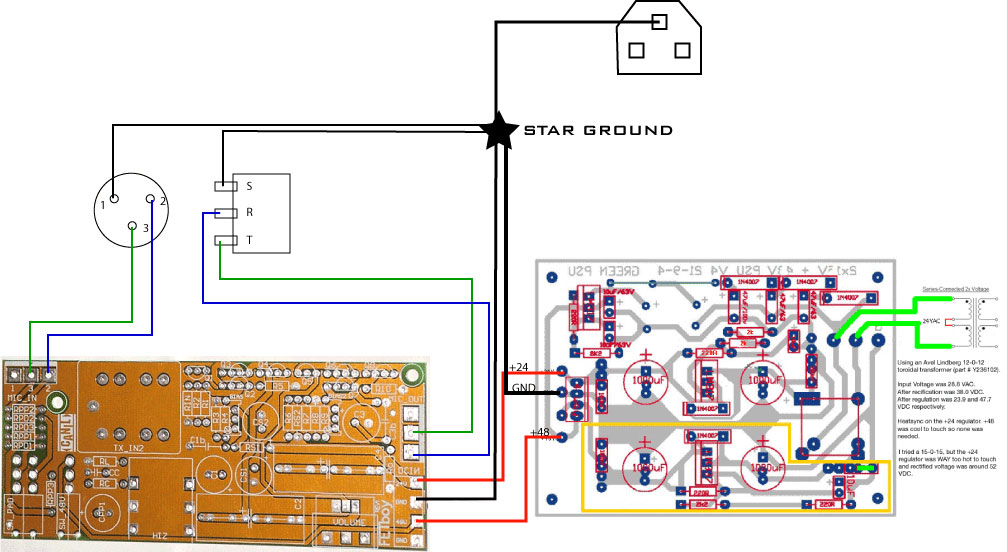jdbakker
Well-known member
[quote author="Svart"]The strange thing about mine is that with a sig-gen on the input and a scope on the output, the unit works great! I can do 1hz to 500Khz easy, no oscillation at all at any gain right up until clipping. Once I plug in an instrument and plug it into the converter, it oscillates, hisses, hums and generally just throws a tantrum.[/quote]
I probably don't need to tell you this, but that smells like (a) capacitive loading or (b) RF demodulation (through leakage into the output).
JDB.
[so what happens with an instrument at the input and a scope on the output, or a sig gen on the input and the converter on the output?]
I probably don't need to tell you this, but that smells like (a) capacitive loading or (b) RF demodulation (through leakage into the output).
JDB.
[so what happens with an instrument at the input and a scope on the output, or a sig gen on the input and the converter on the output?]





